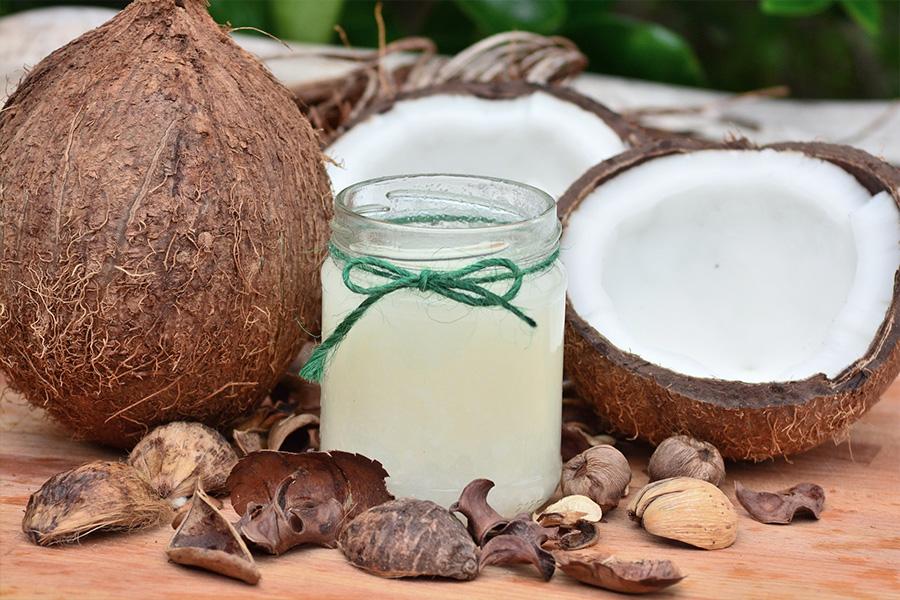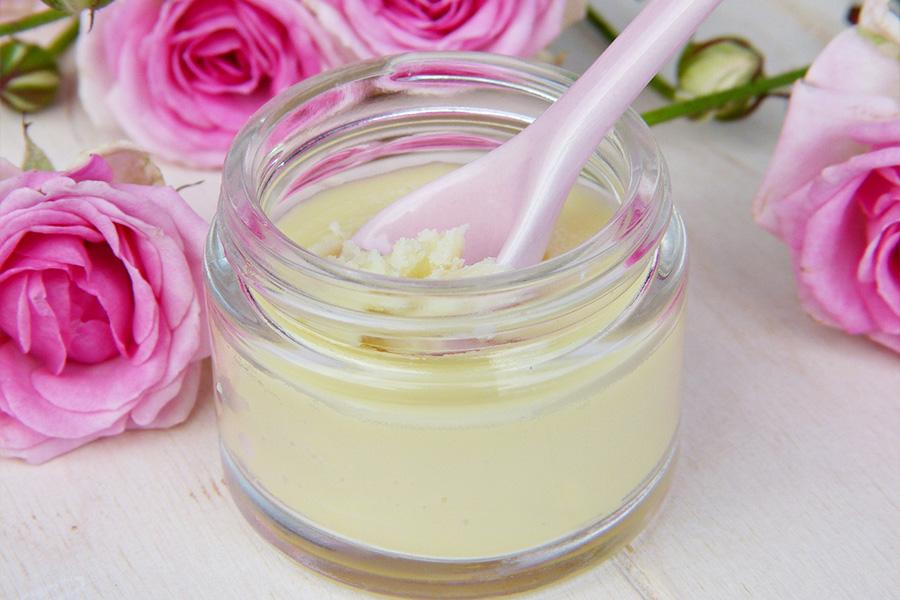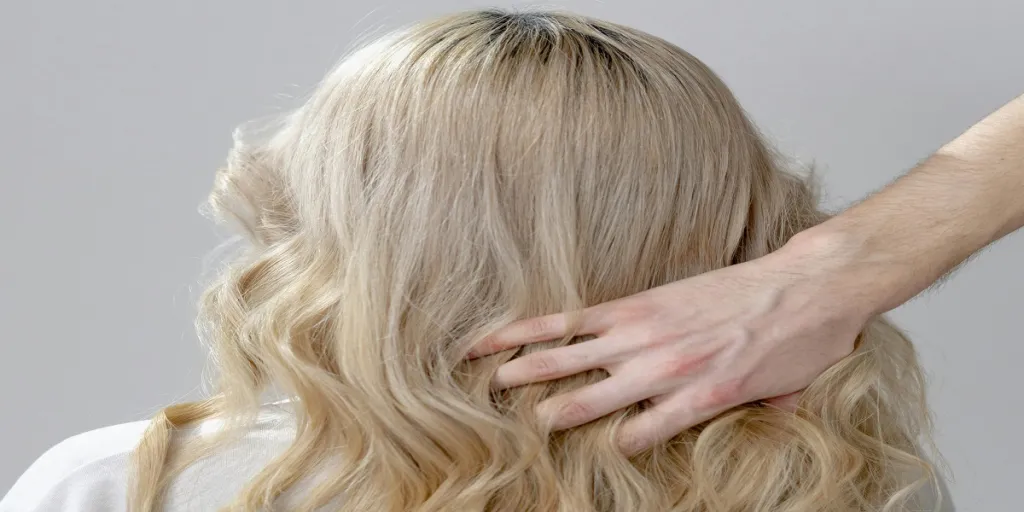More buyers want to give their hair the same treatment as their skin. In other words, they want to invest in prestigious hair products that will improve their hair health. This is why luxury hair product sales increased in major countries worldwide, even as much as 67% in the UK.
Consumers want to use similar ingredients in skincare products on their hair, such as hyaluronic acid and niacinamide. Consumers also want similar hair benefits seen in skincare products.
Here’s everything that businesses need to know about the skinification of hair health and how to offer these products to customers.
Table of Contents
Summary of the skinification of hair
Factors influencing this trend
Ingredients to look for
Conclusion
Summary of the skinification of hair
Hair skinification is treating your hair the same way you treat your skin. “Skinification” was first used to describe makeup powered with skin-loving ingredients. With the current hair skinification movement, consumers want to approach hair care using products and ingredients for hair and scalp health.
This need stems from the pandemic; since consumers weren’t going out, they took the time to invest in products designed to make their health softer and shinier. Many people with the pandemic virus also suffered temporary hair loss, and even younger people started focusing on scalp care.
Consumers are still changing their routines and hair products, focusing on products made with vitamins, oils, and antioxidants. This is a major change from previous years when consumers invested in products to achieve a certain hairstyle.
This presents an ample opportunity for retail hair stores to offer various skinification hair products.
Factors influencing this trend
While the pandemic did influence this trend, social media is continuing the hair skinification movement. This trend is also more prevalent in certain regions compared to others.
Social media

There are a couple of reasons why skinification is prevalent on social media. Celebrities such as Queer Eye star Jonathan Van Ness are amplifying the trend online, specifically on social media. Other beauty influencers and bloggers are leveraging social media to educate the masses on hair care, products, and ingredients.
Millennials and Gen Zers are also becoming parents. With a busy lifestyle, the average adult doesn’t have time to style their hair but also wants to keep a hair care routine. This is why one can see hair skinification trends on mommy and daddy social media accounts.
The “less is more” trend is taking over TikTok. TikTok users also turn to the popular video platform to explain their hair care routines, hacks, alternatives, and product recommendations.
Region
Prestigious hair care products are most popular in the UK. The UK enforced strict lockdowns during the pandemic, which closed beauty salons. As a result, residents educated themselves on hair care and the ingredients they need for healthy hair. Even though the country is no longer under a lockdown, more Brits are interested in hair health and are willing to spend more money on the right products.
Skinification is also driving Europe’s hair care market. Like the UK, the EU also suffered from pandemic lockdowns, and people started using professional hair products to imitate the “salon” hair look. Because more people are interested in the DIY hair movement, more European stylists are launching professional hair brands.
This trend is also expanding to North America, but for different reasons. Because of increased skincare education, more Americans search for hair care ingredients, such as keratin and Vitamin E, when finding products.
While hair skinification isn’t as prevalent in the Latin America and Asia Pacific regions, this trend is also expected to grow.
Ingredients to look for
Certain ingredients are leveraging the hair skinification trend. Natural ingredients, nutrients, and moisturizing ingredients have the highest demand.
Natural ingredients

Natural ingredients can consist of various ingredients, such as aloe, different oil blends, and peppermint. All of these ingredients offer different benefits to the hair.
Aloe is a very popular ingredient. It not only hydrates hair but also soothes a sensitive scalp. There are various aloe vera hair products that businesses can sell to consumers.
Oil blends also provide numerous hair care benefits. Ingredients such as coconut, argan, and castor oils seal in moisture, protect hair from damage, and entice hair growth. There are various oil treatments that retail stores can offer to customers.
Nutrients
Various nutrients benefit the body in different ways, but they also benefit the hair. For example, biotin, iron, and Vitamin D entice hair growth, Vitamin C contains collagen properties that strengthen the hair, and zinc prevents hair breakage.
Businesses can sell biotin growth serums and oils to help customers grow and strengthen their hair.
Moisturizers

Consumers can use popular moisturizing skincare ingredients, such as squalane, glycerin, hyaluronic acid, and niacinamide, on their hair. These ingredients can restore hair health, reduce scalp inflammation, lock in moisture, and entice hair growth.
There are glycerin shampoo and conditioner sets that leave hair silky smooth. Hair treatments made with hyaluronic acid can repair damaged hair. Additionally, niacinamide hair lines can repair damaged hair.
Conclusion
Hair skinification is caring for hair the same way one cares for their skin. Skinification first started making headlines when brands released skin-loving makeup products. Now, hair companies are taking note and unleashing hair-loving products.
Businesses can satisfy the hair skinification trend by selling products with powerful ingredients. Natural botanicals, nutrients, and moisturizing properties are the most demanded haircare ingredients. Businesses can sell shampoos, conditioners, hair treatments, and full lines powered by these ingredients.
It’s essential for beauty and personal care businesses to keep up with the latest trends. Continue reading the Baba Blog for the most recent beauty business trends.




